Introduction
To achieve continuous delivery (CD) in a software development pipeline , we have to connect all the tools that automate their respective stages to deploy code fast and at scale. Organisations can achieve this with the help of a CD solution, that allows out-of-the-box integrations with all tools operating in the various DevOps stages.
The stages are:
- SCM- BitBucket, GitLab, GitHub
- Build- Jenkins, Gradle, Bamboo CI, Circle CI
- Test- Selenium, Apache Jmeter, HP Loadrunner
- Security- SonarQube, Aquawave, HP Appscanner, Jfrog XRay
- Artifact Repository- JFrog Artifactory, BitBucket
- Deployment- Spinnaker, Argo
- Notifications- Slack, Email, MS Teams
- ITSM Tools- Servicenow, Twillo, JIRA
- Configuration Management Tools- Ansible, Terraform, Puppet, Chef
- Verification- Kayenta, Autopilot
- Logging and Monitoring- ElasticSearch, Prometheus, Splunk, Sumo Logic, DataDog
To avoid dealing with data in isolation, DevOps team can use integration to connect multiple tools mentioned above to release faster.
After helping multiple enterprises in their continuous delivery journey, I have realised that – integrating in-house software with a CD tool might need a team of engineers to architect and integrate.
The process is often too complex or out of budget for many organizations.
OpsMx Intelligent Software Delivery Platform is the only CD tool that provides pre-built enterprise integrations you can consider for your software delivery process.
Why out-of-the-box integrations are useful while achieving continuous delivery
Too many apps in DevOps tool chain
Today many companies we talk to use an average of 1000+ cloud apps across its entire organization. Digital transformation is clearly a top priority for many businesses, and it’s centered around adopting the best apps. In the software delivery process teams use multiple tools and technologies to automate each activity such as build, test, deploy, rollout, etc. However, the software delivery process is still broken and depends on manual effort to move from one stage to the other.
As per DevOps report 2021, lead time ( time between code commit to production rollout) for most of the organizations is still days.
Even though they adopt some CD tools, it becomes cumbersome for them to integrate all the DevOps tools in the software delivery process. And hence full orchestration of the SDLC process takes time.
This is where the OpsMx ISD platform shines among the rest of the CD tool. You can refer to the whole integrations here.
Low productivity while gathering information
Did you know that a recent report by Qatalog says, “at least 5 hours of productivity is wasted in a week to figure out information from lots of different tools”. Imagine your team consisting of developers and testers ransacking various tools in DevOps such as JIRA, Jenkins, Selenium, etc, to find out the right information about release, which will be helpful for release managers to make faster decisions on rollout or approving a delivery pipeline.
With deployments happening every now and then with CI/CD process, you certainly would require pre-built integrations which can integrate to various Devops tool chains like change management, build and test systems and collect information for faster approvals.
Lack of intelligence in software delivery process
Software delivery has many human steps involved, such as performance and quality verification of release, security and policy checks, and approvals of releases. However, the process is tedious and error-prone due to the deluge of data and tools involved in the CI/CD process.
Secondly, it is complex and challenging to analyze every release as the number of deployments is increasing as per business needs.
Your DevOps team needs a tool which can integrate with monitoring and logging tools to verify risk of a new release. Security team can integrate security in the delivery pipeline to eliminate risks and vulnerabilities by implementing security checks and enforcing SDLC policies in delivery pipelines.
OpsMx provides more than 40+ integrations which our customers can use from Day-1. Below are the list of benefits out of the integrations we provide.
Types of Integrations offered by OpsMx ISD
Artifacts:-
A software build contains not only the developer’s code but also includes a range of software artifacts- a by-product consisting of the project source code, dependencies, binaries or resources.
In SaaS model, artifacts play a major role in storing configuration files, secrets and data. In ISD, we support a wide range of artifacts for our SaaS customers. In fact we use these for development of ISD as well.
List of Artifact repository tools ISD can integrate with are:
- GitHub
- Amazon S3
- Bitbucket cloud
- Bitbucket server
- JFrog Artifactory
- GitLab
Continuous Integrations
Continuous integration (CI) is the process where software is built and initial tests are completed. There are many small stages like code commit, Static code analysis, Build, and Test stages and scenarios. Each stage would have their own tools and people involved in it. ( you can read more about the CI/CD pipeline here ). Enterprise uses a variety of different tools like Jenkins, Circle CI, Bamboo CI, etc..
ISD can easily integrate with any Continuous Integration tools. This process is seamless and can be done in seconds without entering into the configuration files.
List of CI tools ISD can integrate with are:
- Jenkins
- Bamboo CI
IT Service Management (ITSM)
IT service management ( ITSM) tools are used by IT teams to manage the end-to-end delivery of software services to customers. Activities in SDLC such as design, build, delivery, operate and maintenance are logged by the Developer, Operation and DevOps team in the ITSM tools.
ISD can integrate with top ITSM tools such as Servicenow and JIRA. Basically, while running a deployment pipeline, ISD can create, or update a ticket in the ITSM tools to update the progress of the deployment or the service delivery.
The list as follows–
- Jira
- ServiceNow
Monitoring Tools
SREs and DevOps managers use monitoring tools to track the status of critical IT applications, networks, infrastructures, websites and observe critical resources 24/7.
SRE team responsibility is to ensure the stability and reliability of the production system using monitoring tools. They also use the tools to gain real-time insights into resource stability, and performance.
ISD can integrate with monitoring and logging tools in your environment and can aid SREs to provide anomalies in a newly deployed release.
ISD leverages AI/ML algorithm to determines risk of a canary release and provides a confidence score to roll forward or rollback a deployment.
The list as follows–
- Graylog
- Prometheus
- Datadog
- Elasticsearch
- Splunk
- Graphite
- New Relic
- Appdynamics
- AWS-Cloudwatch
- Dynatrace
- Stackdriver
- Sumologic
Notifications
Notifications are the process or way to ensure you never miss an update and changes are made in the application or pipeline and they keep you always on top of what’s going on with your project.
These software provides an alert anytime someone makes any modifications or changes to tasks you are a stakeholder in.
You can configure notifications that can be sent to the ISD platform upon triggers, approvals, rejections, delays, stage failures, etc.
The list as follows-
- Microsoft Teams
- Slack
Application Security testing tools (SAST/DAST)
Application security testing is a testing methodology that analyzes source code to find security vulnerabilities. These vulnerabilities make your organization’s applications susceptible to attack/ error, which affects the application’s performance. SAST is a process where the code is scanned before compilation. It’s also known as white box testing. On other hand, we can use DAST to scan the source code/ binaries. It also analyzes the application by executing it.
ISD can integrate with leading providers of SAST/DAST. One can visualise the bugs/errors in their application and can take a preventive decision. This visibility helps teams build secure and robust applications.
The list as follows–
- Sonarqube
- Prisma Cloud
- HCL Appscan
- Jfrog Xray Scanning
- Aquawave
Governance:
Data Governance is a practice of controlling how data is used with the help of policies, procedures, and protocols. Data governance takes into account
- your company’s unique culture and approach to data
- Ownership of the data
- Data confidentiality
In this way, data governance helps everyone in an organization use data in an efficient, effective, and responsible manner. Governance can be realised in any development and delivery process using strong policy controls.
There are certain open source tools used like Open policy agents (OPA) to define the policy and regulate the SDLC environment.
In ISD you can integrate OPA (open policy agent), where you can control the Developers to prevent from executing (or event creation) of pipeline without mandatory stages. Other use case can be release manager can review the deployment and only if he will approves a deployment , pipeline moves to the next stage.
Stop developer burnout on creating new integration, when OpsMx ISD provides your ~50 integration out of the box.
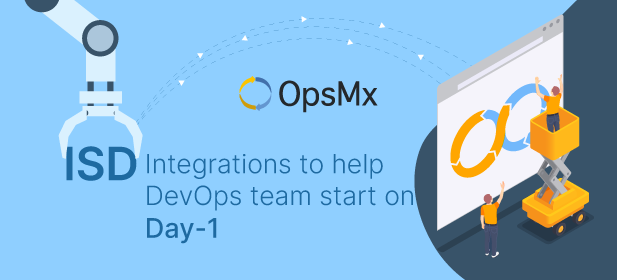
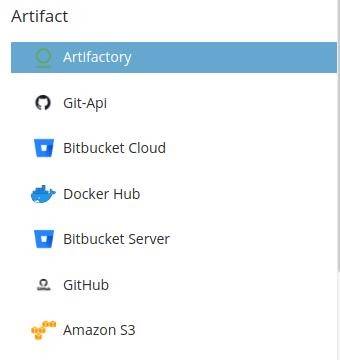


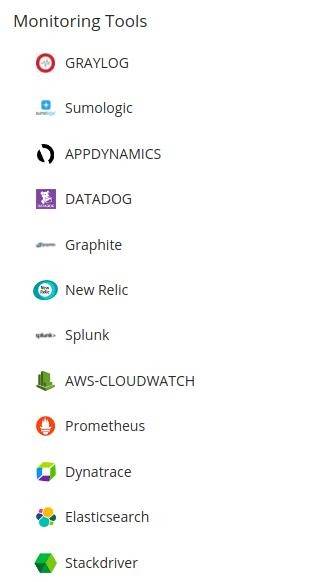
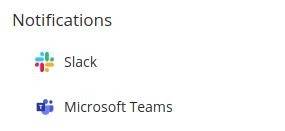
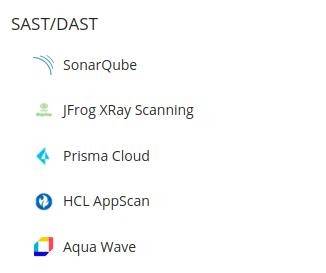

0 Comments